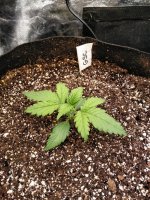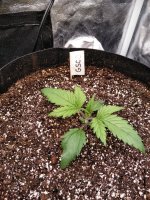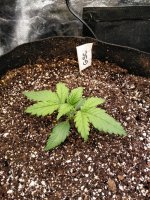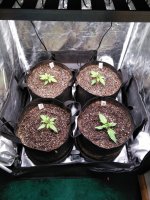MaddHacker
Well-Known Member
Sup far, good am and such.. Hey bro could you add a link for that article, I have a few friends that would love this read.. Unfortunately I am stuck at work for a few days so gotta use a link to send to them... Thx and green days..






